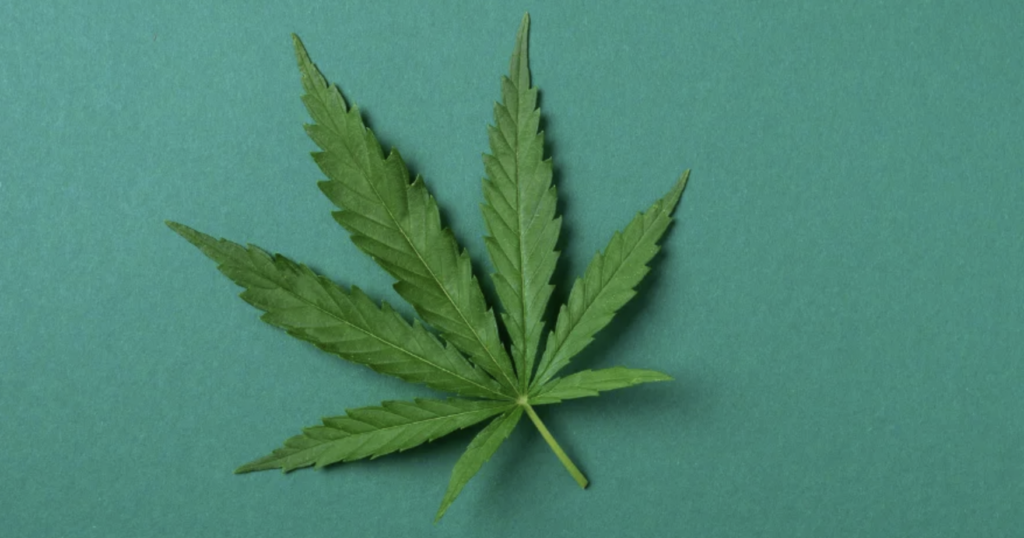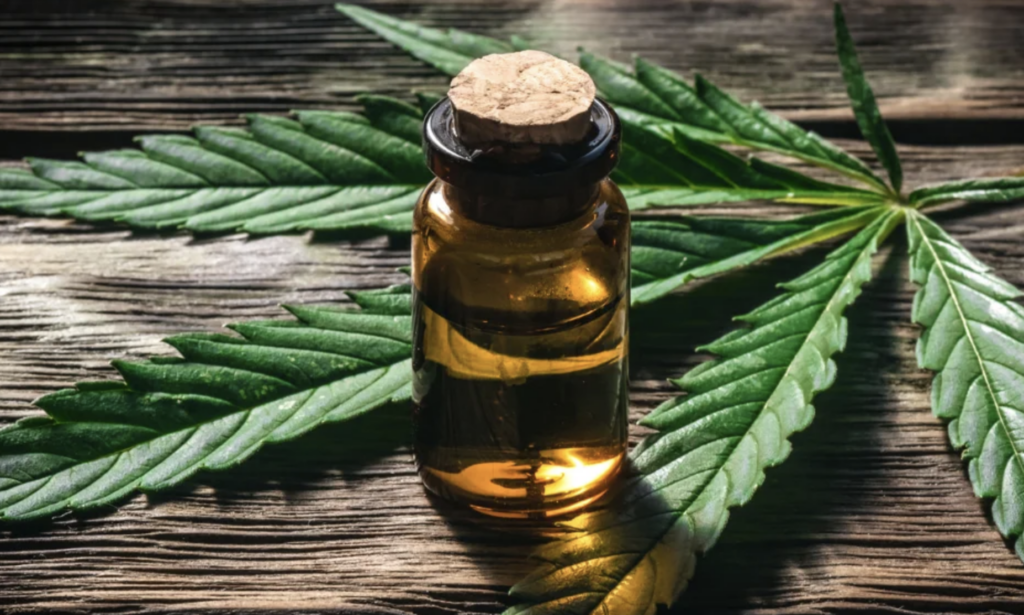
Cannabis legalization and positive cannabis reform are imminent. More states have legalized medical cannabis. Elected representatives around the world can no longer stand in front of the public and say that more research on cannabis is needed. What’s needed is for our elected representatives to stop supporting private agendas. If they truly began to understand the roots of cannabis, they would see that medical cannabis is deeply rooted throughout global history dating back thousands of years. Medical cannabis isn’t something new that popped up overnight. It’s not some hip in-trend that a celebrity made popular.
Medical cannabis is deeply rooted throughout global history. You can find mention of medical cannabis in Chinese history, Egyptian history, biblical history, Indian history, and more. Cannabis is a widely misunderstood plant. Many people view cannabis as a drug thanks to decades of negative propaganda at the hands of the United States federal government. Cannabis prohibition was built on the foundations of falsehoods, mistruths, racism, and government control. These are all overly apparent today, yet many of our aging elected representatives still cling to their draconian past, supporting continued marijuana prohibition. These elected representatives are wasting tens of hundreds of millions of tax dollars arguing about cannabis legalization.
The Medical Proof is There – It’s Just Being Denied and Overlooked
Cannabis is currently a schedule 1 drug in the United States of America, meaning it has no accepted medical use and has a high rate of addiction and abuse. This could not be further from the truth. Cannabis has many accepted medical applications. Some of them are even already FDA-approved, like Sativex. Cannabis is also showing when it comes to addiction; it’s helping. Cannabis is helping people kick addiction to dangerous street drugs like cocaine and heroin. Cannabis is also helping people beat their addiction and dependency on prescription medications commonly overprescribed, such as opioids, benzos, and others.
Medical cannabis is known to help reduce inflammation, as well as control the symptoms associated with stress, PTSD, anxiety, nausea, depression, chronic pain, arthritis, migraine headaches, loss of appetite, and more. Medical research even shows that cannabis helps control the symptoms of certain types of epilepsy! How much more positive research is needed before our elected representatives can no longer support their own private agendas? As I was saying, medical cannabis goes back thousands of years. Let’s explore some of the places throughout history where medical cannabis has made an impact.
Let’s Get Back to the Roots of Medical Cannabis
In 2900 BC, a Chinese emperor named Fu Hsi referred to cannabis, calling it Ma, saying it contained both yin and yang properties. Two hundred years later, another Chinese emperor by the name of Shen Nung discovered healing properties associated with cannabis. Shen Nung is considered the “Father of Chinese Medicine.” These are references to cannabis in Chinese history that predate recorded history. The first written reference to the healing properties of cannabis is found in the 15th-century Chinese Pharmacopoeia called Rh-Ya.
Cannabis was even talked about in the bible. In 1450 BC, holy anointing oil was referenced in the book of Exodus. Cannabis was called Kaneh-Bosem. This reference can be found in the original Hebrew version of the book of Exodus in Exodus 30:22-23. Could it be a coincidence that the followers of Jesus gave him the name Christ, which comes from the Greek word, Chrīstós, which means “anointed one”? Moving along the cannabis timeline, we find cannabis used in ancient Egypt to help with inflammation, cooling the uterus, glaucoma, and the administration of enemas.
We know that cannabis was revered in Egypt during this time because the mummy of Ramesses II, who passed away in 1213 BC, had cannabis pollen on it. In 1,000 BC, we can find cannabis being used throughout India as an anti-phlegmatic and anesthetic in the form of a drink called bhang. A few hundred years later, in 700 BC, bhang would be mentioned again along with cannabis. Cannabis was referenced as “the most important of 10,000 medical plants” in ancient Persian religious texts called the Zend-Avesta. In 600 BC, a form of ancient Indian medicine was known as Ayurvedic. The Sushruta Samhita sites cannabis as a cure for leprosy and an anti-phlegmatic. In 200 BC, medical cannabis was utilized in ancient Greece to help with inflammation, earaches, and edema.

Year One and Moving Forward for Medical Cannabis
By 1AD, cannabis was a recommended medicine in Chinese text for over a hundred different ailments like absent-mindedness, gout, malaria, rheumatism, and more. In 70 AD, a Greek physician named Pedanius Dioscorides put his collective knowledge into a book called De Materia Medica, which translates into “on medical matters.” In this book, the juice of cannabis was referenced as treating earaches and suppressing sexual longing. In 79 AD, the ancient Roman historian, scientist, and nobleman Pliny, the Elder, authored a book called Naturalist Historia that cited the boiled roots of the cannabis plant helping with violent pain, gout, and cramped joints. In 200 AD, a Chinese surgeon by the name of Hua T’o used an anesthetic made from wine and cannabis resin called Ma-Yo. Ma-Yo was said to take the pain out of procedures such as incisions into the chest or loin and resectioning intestines and organ grafts. In 1578 the Chinese medical text Bencao Gangmu Materia Medica listed cannabis as a treatment for hemorrhaging, parasitic infections, vomiting, appetite stimulation, diarrhea, and more.
Cannabis’ Journey to America
Starting in 1611, the settlers at Jamestown were believed to have started bringing cannabis to North America. In 1621 an Oxford scholar and English clergyman named Robert Burton suggested cannabis as a treatment for depression in his book called The Anatomy of Melancholy. In 1652 an herbalist name Nicholas Culpeper wrote about medical uses of cannabis, sighting reduction of inflammation, helping ease gout, knots and joints, hip pain, and more.
In 1840 we saw cannabis make its way into British medicine when UK Dr. William O’Shaughnessy introduced Queen Victoria to using cannabis to help menstrual cramps. In 1840 cannabis was becoming mainstream medicine. Studies during this time period by French doctor Jacques Joseph Moreau showed cannabis helped increase appetites, aid sleep, and suppress headaches. 1850 was a big year for cannabis as it was added to the US Pharmacopeia, the official book of American medicine. In the US, pharmacopeia cannabis was listed to help tetanus, dysentery, rabies, opiate addiction, leprosy, gout, convulsive disorders, menstrual bleeding, insanity, and much more. In 1889 an article by Dr. E A Birch showed how cannabis could help people suffering from opium withdrawal.
Fast forward a few years into the early 1900s, and suddenly modern medicine was beginning to replace cannabis. By 1937 cannabis was deemed illegal in the United States under the signing of the MJ Tax Act. In 1942 what once was a powerful medicine with multiple different therapeutic attributes was dropped from the United States Pharmacopeia. Luckily, we are seeing progress towards positive cannabis reform at a rapid level these days, and in many places, people can become legal cannabis patients. It’s time to get back to our roots, and cannabis is one of them. Start getting back to your roots today by obtaining your medical cannabis recommendation!
Disclaimer: The information, including but not limited to, text, graphics, images and other material contained in this article is for informational purposes only. No material from this article is intended to be a substitute for professional medical advice, diagnosis, or treatment. Always seek the advice of your physician or other qualified health care provider with any questions you may have regarding a medical condition or treatment before undertaking a new health care regimen. Never disregard professional medical advice or delay in seeking it because of something you have read on this website.
